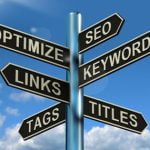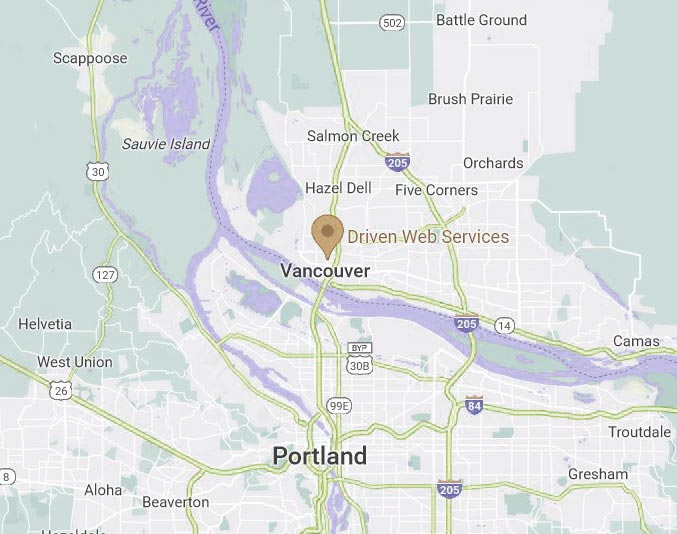 Images can be an excellent way to create the right look on your site for your readers. Not only are they used as effective eye candy, but they are also a great way to break up the content and make it more meaningful. However, this can only work if you use the images correctly, so let us take a look at a few points that you should consider before adding images to your website:
Images can be an excellent way to create the right look on your site for your readers. Not only are they used as effective eye candy, but they are also a great way to break up the content and make it more meaningful. However, this can only work if you use the images correctly, so let us take a look at a few points that you should consider before adding images to your website:
Keep Your File Sizes Small
Generally, an image should be around 10 to 45 kB, as this will ensure that your users don’t have to wait a long time for the images to load. Many people are tempted to leave their images at their original file size because they feel that this will preserve the quality, but the truth is that if you optimize them correctly, you shouldn’t really see that much of a difference between the large and small file.
Avoid Blinking Images
There is nothing more irritating for a reader than to have an image continuously blinking when they’re trying to read the content surrounding that image. In fact, any type of animated image can be annoying, and in most cases, looks very amateurish. So unless there is a good reason behind the animation, stay clear of them and rather opt for static images. This will go a long way in keeping your audience relaxed and enticed as they focus on the content that you have provided for them.
Use Effective Images to Sell Your Products
According to Avamae.co.uk,
92.6% of online shoppers say visuals are the top influential factor affecting a purchase decision – getting it right can make the difference between achieving or losing a sale.
One way to use these images effectively is by offering multiple views of your products so that your customers are able to have a better idea of what your products look like. If you can, also allow them to zoom in on to a larger image of that product.
Stock Photography Used Wisely Can Be Beneficial
While stock photos tend to get a bad rap these days, if you use them correctly, there is no reason why they can’t be just as compelling. An author from Hubspot.com states the following,
They take out some of the design or outsourced photography you might need to build into your budget. And they can be pretty quick visual content solutions in a pinch.
In order to get the best results from stock photography, always remember to choose images that suit the content you are writing about, and where possible, use those images as a way to make the content clearer. Try to avoid going for the generic images that are available, because these images will most likely be shown on other sites, even those out of your niche, and this can look very unprofessional if a prospect notices it.
Take the time to add proper labels to those images, because Google will most likely take note of those images and index them, and this can be another way for people to find your site if you choose the right words when labeling them. One thing to be careful of is not to simply name every image after a keyword you’re trying to target, as that can get your site in trouble with Google and other major search engines. However, if you choose the right images to support your website design, you will find that when you do label them, most likely those phrases will be very relevant to your site’s content, which in turn could be great keywords that your prospects might be typing to potentially buy your products or services.







